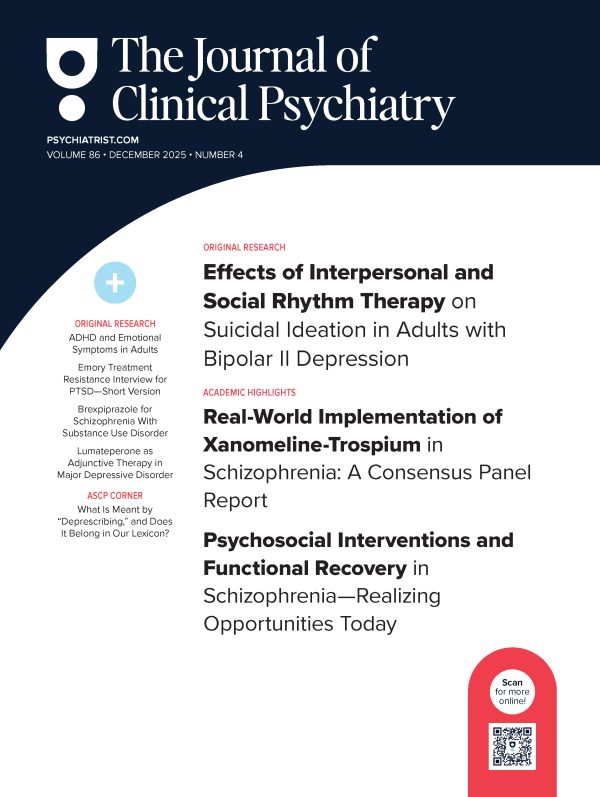Background: The study was carried out to quantify the excretion of the selective serotonin reuptake inhibitor paroxetine in breast milk.
Method: In 6 lactating women, the concentrations of paroxetine in breast milk and serum were studied at the times for assumed minimum (24 hours after dose intake) and maximum (4-7 hours after dose intake) drug levels in milk. Moreover, a seventh subject was studied with frequent and regular sampling throughout a dose interval of 24 hours at 2 different dose levels.
Results: The mean milk/serum concentration ratios in the first 6 subjects ranged from 0.39 to 1.11 (overall mean ± SD = 0.69 ± 0.29), and the mean estimated dose to the infants ranged from 0.7% to 2.9% (overall mean ± SD = 1.4% ± 0.79%) of the weight-adjusted maternal dose. Based on area-under-the-curve data from the seventh subject, the milk/serum concentration ratio was 0.69 at a dose of 20 mg/day and 0.72 at a dose of 40 mg/day; the estimated relative doses to the infant were 1.0% and 2.0%, respectively. The mean increase in milk paroxetine concentrations from assumed minimum to assumed maximum was 61% (range, 4%-172%; p < .01). The mean paroxetine concentration in hindmilk was 78% higher than in foremilk (range, 16%-169%; p < .01), an increase that was parallel to the increase in milk triglyceride levels (r = 0.83, p = .005). No adverse drug reactions or unusual behaviors were reported in the infants.
Conclusion: The study indicates that the relative dose to a suckling infant for paroxetine is lower than that reported for fluoxetine and citalopram and higher than that reported for sertraline and fluvoxamine.
Please sign in or purchase this PDF for $40.00.





